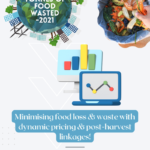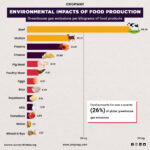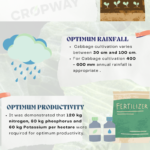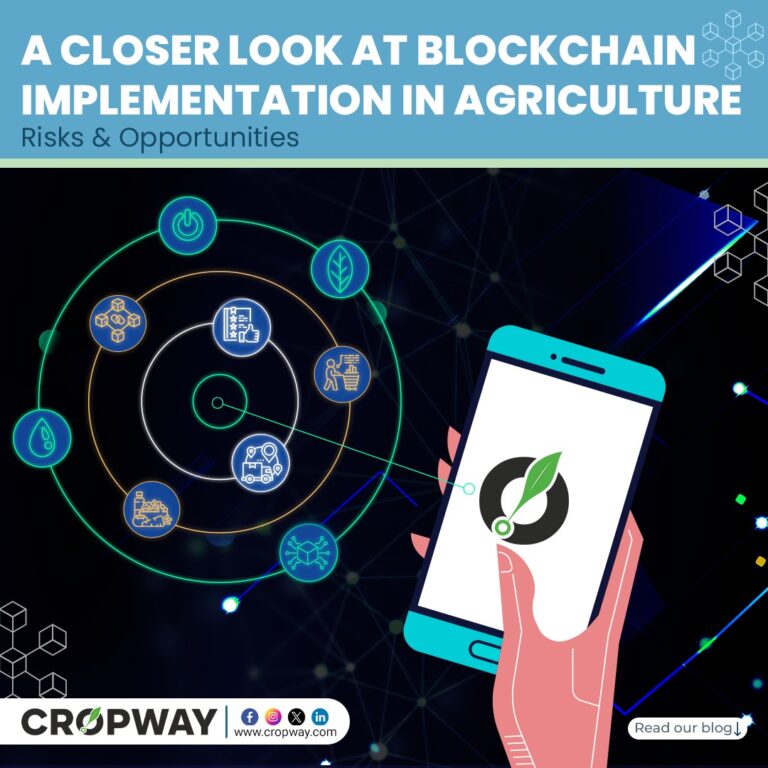
Cropway offers specialized blockchain development services tailored for the agriculture sector, contributing to the enhancement of the global food chain through improved traceability and trust.

Plasma agriculture involves utilizing a nutrient solution that encompasses all the necessary properties essential for robust plant growth. This approach not only adds extra value for farmers but also extends its application to production, waste treatment, and harvesting processes.
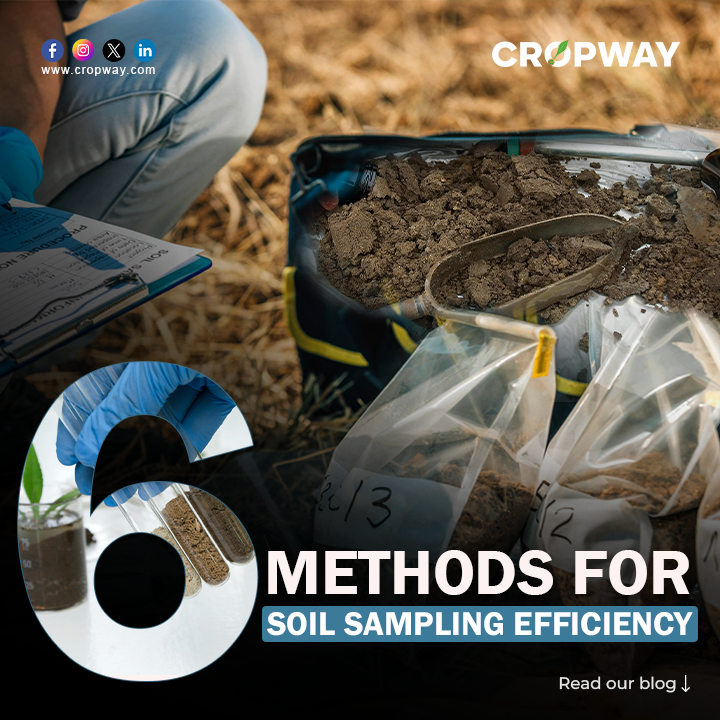
Soil sampling lies at the core of modern agricultural practices, serving as the bedrock for ensuring fertile and productive farmlands.

Tar spot, triggered by the fungus Phyllachora maydis, poses a significant threat to corn crops, particularly susceptible hybrids, under favorable disease conditions. Recognizing this issue is vital for effective management strategies.

The stubble burning crisis in Punjab and Haryana demands immediate and concerted efforts to embrace modern techniques that offer sustainable alternatives. For example, the integration of innovative seeder machines in agriculture ...
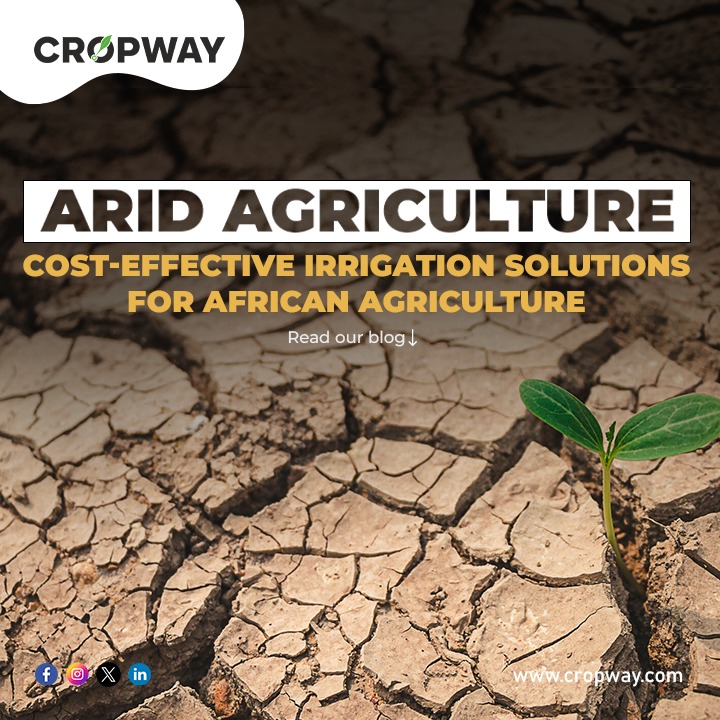
Agriculture in many African countries grapples with arid lands and water scarcity, hampering productivity and food security. Yet, cost-effective irrigation innovations offer transformative potential for converting arid areas into thriving agricultural centers.
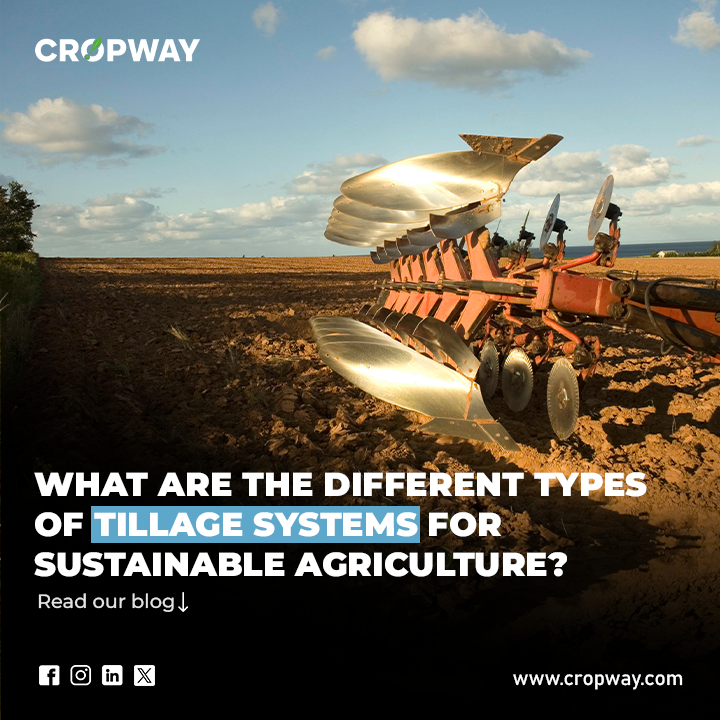
Tillage Systems is an essential agricultural practice that involves preparing the soil for planting. Mechanical/Physical manipulation of soil to provide favourable condition for proper crop growth is called tillage.
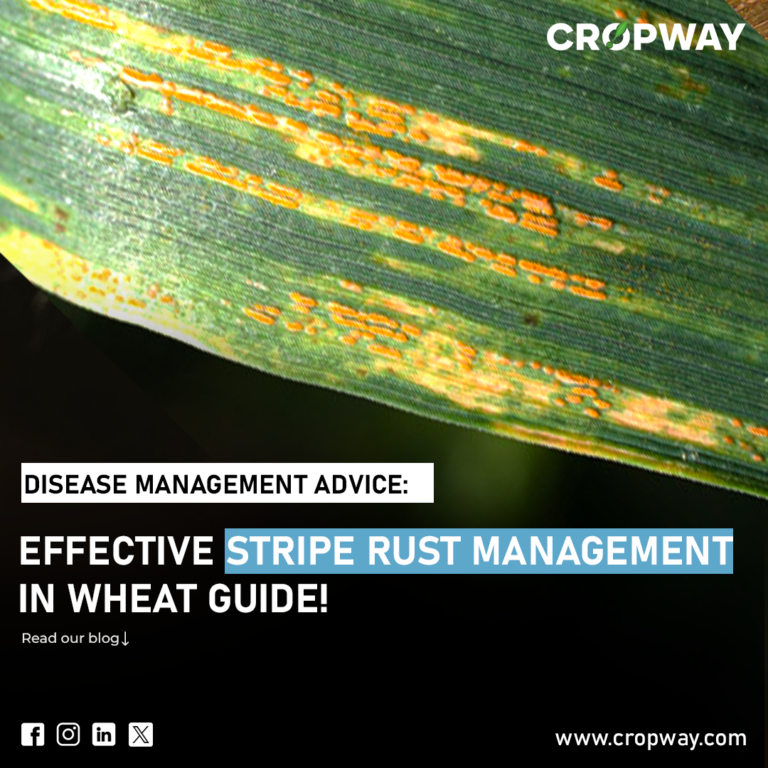
Stripe rust disease poses a threat to grain yield and quality, especially under favorable conditions and with susceptible wheat varieties. The optimal management strategy varies across farms, regions, and seasons.

रबी फसलों को सर्वोत्तम संभावित विकास परिस्थितियाँ प्रदान करने और अधिकतम पैदावार प्राप्त करने के लिए उचित खेत की तैयारी आवश्यक है।खेत साफ़ करना, मिट्टी के स्वास्थ्य को अनुकूलित करना, सावधानीपूर्वक रोपण, फसल चक्र, बीज चयन और कीट प्रबंधन महत्वपूर्ण हैं।

In the vast world of vegetables, a group of nutrient-packed cruciferous delights stands out for their shared ancestry and diverse flavors. There’s a fascinating botanical family that includes kale, Brussels sprouts, cauliflower, and cabbage, kohlrabi, and broccoli belong to the Brassicaceae family












